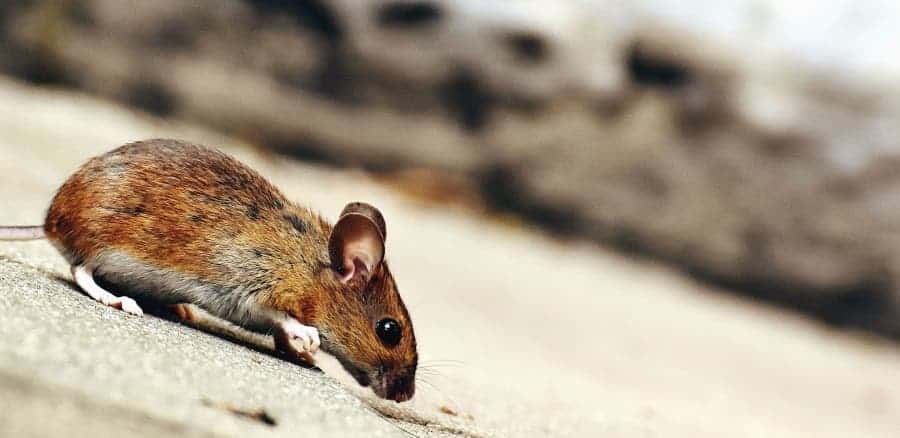Trade and cooperation aren’t as exclusively human as we like to believe. A new study reveals that Norway rats trade different services and commodities following a strict equity principle, even when different ‘currencies’ are employed.
Researchers at the University of Bern are the first to report that certain non-human animals will naturally exchange different goods and services. Trade is widely considered a cornerstone human competence which helped us create complex societies. Finding similar behaviors in other species (in this case Norway rats, Rattus norvegicus, one of the most common species of rat also known as the brown rat) could help us understand the evolutionary path of cooperation in humans — and also show us that, in the end, we’re not that different from other life on Earth.
These here onions for your plow
Humans have their ‘cooperation’ dial set on overdrive. We cooperate with our peers virtually every single day and on multiple levels. It can be something as innocuous as holding the door open for someone or giving directions all the way to extremely complicated tasks — such as managing global markets, putting together a space shuttle, or trying to fight global warming.
It’s this pervasive pattern of cooperation which made our societies what they are today. Cooperation in our species generally follows the “I help you because you helped me” (reciprocal) strategy. This is believed to be a very cognitive demanding process, especially when different commodities are exchanged.
Despite that, it seems to be a winning strategy in the long term. It forms the cornerstone of our communities, enabling systems such as the division of labor, which in turn propelled our ecological and economic success.
Although high-level cooperation so far seems to be ours alone, cooperation by-and-large is far from being uniquely human. Bees work together to manage the hive, ants maintain surprisingly complicated colonies, for example. However, it has been argued that the demands reciprocal cooperation strategies preclude non-human species from partaking in the fun. Despite this, some research has found evidence of commodity exchange and reciprocal cooperation in the wild, raising the possibility that other species could be trading under our noses.
The rat race
Manon Schweinfurth and Michael Taborsky, two researchers from the Institute of Ecology and Evolution of the University of Bern carried out an experimental study to see whether common Norway rats will engage in reciprocal trading of two different forms of help (services), allogrooming and food provisioning.
They worked with 37 wild-type rat couples, running them through four different situations, each consisting of an experience and a test phase. During the first stage of the experiment, the rats experienced their partner as cooperating or non-cooperating in one commodity. Allogrooming was induced by applying a saline solution to the back of the rat’s neck, which is difficult to impossible to access while self-grooming and requires help from a partner. To induce food provisioning, partner rats could pull trays with food items towards the test rats.
During the following test phase, rats could return the service to the same partners, but they were only supplied with the opposite commodity of the one used in the experience phase — donating food after being groomed or vice-versa. The team then observed how long it took for the rats to help in the first stage, and how often it was returned in kind during the second stage. The researchers note that allogrooming is a naturally occurring behavior where no training was involved. In contrast, rats had been taught at a young age how to donate food to a social partner by the tray within its reach.
The team reports that rats groomed cooperating pairs more often than non-cooperating ones, and were more likely to donate food to partners that had heavily groomed them compared to ones that had not. In effect, the trading patterns between the two animals respected the rule of direct reciprocity, the “tit for tat” principle of equity, even when they needed to use a different currency to repay.
“This result indicates that reciprocal trading among non-human animals may be much more widespread than currently assumed. It is not limited to large-brained species with advanced cognitive abilities,” says Manon Schweinfurth.
So does this mean we should be worried about illegal cheese markets going on in back alleys at night? Probably not. But it is exciting to see hints of human-like cooperation patterns in other species. It would be interesting to see if animals can maintain this tit for tat mentality when ‘trading’ with other species as well — if that’s the case, I have a lot of grooming to cash in from my cat.
The paper “Reciprocal Trading of Different Commodities in Norway Rats” has been published in the journal Current Biology.



